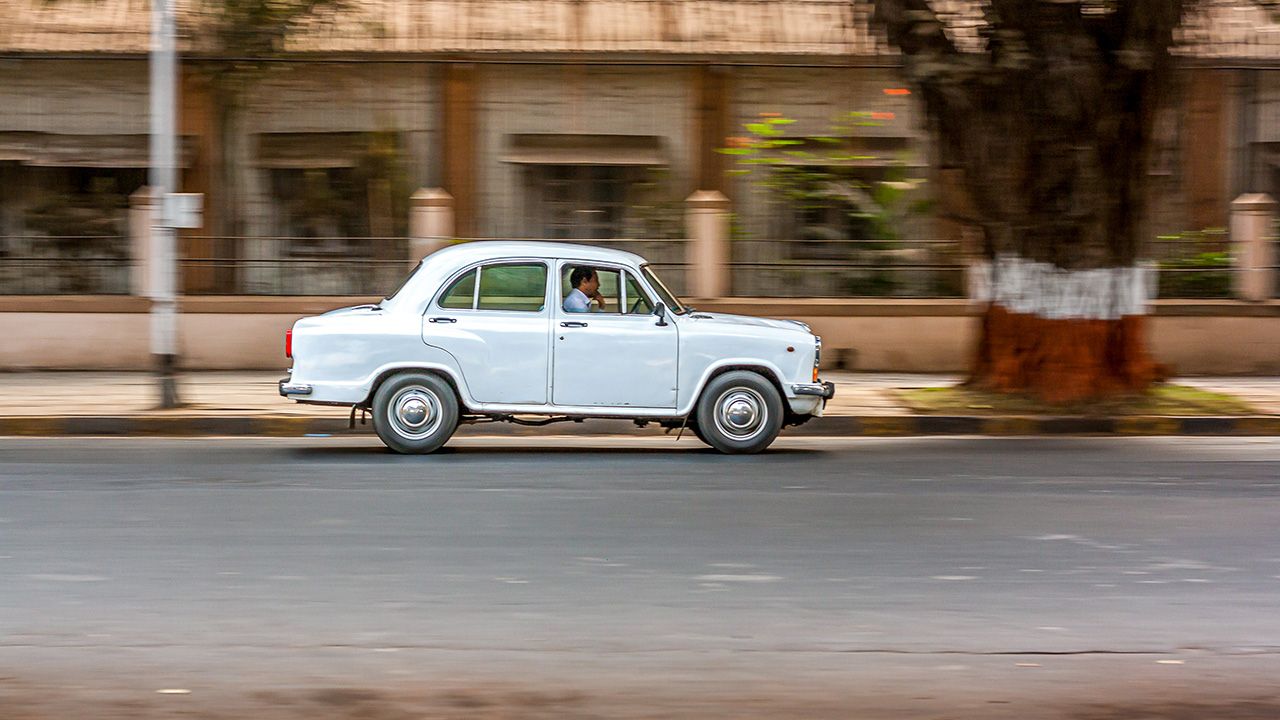
What do heritage automotive brands have to do to be relevant to a new audience in a new era?
Nostalgia is a powerful emotion, but those who are nostalgic for the brands they grew up with are not young anymore. How, then, do brands that were household names in the past make themselves relevant for the future? Is it possible for defunct brands that used to have a significant impact in the 20th century to be desirable and meaningful to a completely new generation in the 21st century? How do they resonate with a digital generation, especially considering that they were around when the internet didn’t even exist or was in its infancy?
Jawa and Yezdi are excellent examples that demonstrate how a powerful 20th-century legacy can provide a strong foundation for the 21st century – even if both brands were missing from the market for a while, they never went away from people’s hearts and minds. But there are other brands, like Rajdoot, Ambassador, Contessa, LML, Zen, Gyspy, Luna, Matador, Qualis and a whole host of Japanese two-stroke legends, especially the non-alphanumeric nameplates like Shogun, Samurai, Shaolin… Phew. What an impressive list and these are merely off the top of my mind.
Yet I write about this because a few of these brands are planning a comeback. It’s a delicate task because they need to be revived not just based on their nostalgia quotient or remnants of a glorious past, but by reinventing themselves and interpreting their values for a new era. One has to just look at Marvel and DC Comics to obtain inspiration. When I was a kid, Iron Man was a distant planet in the universe, while Superman, Batman and Spiderman were giant shining stars. How did this Pluto become a Sun with a solar system around it? On the other hand, there was Judge Dredd – despite a Stallone movie, he has gone back to wherever superheroes go to retire.
Like the superhero universe, there is also a parallel to be drawn with popular western music. Everyone knows how influential 80s and 90s pop music was, and it continues to have an enormous impact. Even today, it’s not something only boomers like me listen to, but a lot of zillennials (or whatever they are called nowadays) also have it in their Spotunes or iTube music streaming apps.
I came across a damning indictment of the US music industry in The Atlantic by renowned music writer Ted Gioia, titled ‘Is Old Music Killing New Music?’ Gioia says that 70 per cent of the US music market is represented by old songs. He writes: ‘I encountered this phenomenon myself recently at a retail store, where the youngster at the cash register was singing along with Sting on “Message in a Bottle” (a hit from 1979) as it blasted on the radio. A few days earlier, I had a similar experience at a local diner, where the entire staff was under 30 but every song was more than 40 years old. I asked my server: “Why are you playing this old music?” She looked at me in surprise before answering: “Oh, I like these songs.” Never before in history have new tracks attained hit status while generating so little cultural impact. In fact, the audience seems to be embracing the hits of decades past instead.’
Coming back to auto, the relationship of brands with people depended primarily on the performance or physical attributes of the vehicles that the nameplates were affixed to. The spaciousness of the Ambassador, the premium appeal of the Contessa, the never-say-die spirit of the Qualis, the addictive twist-and-go of TVS-Suzukis… this was at the core. Around the core were the experiences people had with these machines. Dad’s first car. A long trip somewhere. A weird parking spot. A breakdown. A crash. A favourite uncle’s set of wheels, etc. Over and above, the experiences are the intangibles that we associate with the brands – the way they communicated to us and the world, forming a bundle of emotions that we wrapped it all up with. Together these create – to use Gioia’s words – a cultural impact that stands the test of time.
Marketers have a challenge on their hands to interpret this cultural impact in an attempt to make defunct brands relevant, unique and attractive to a new generation. I believe it’s relatively easy in India because we are a young nation where living history surrounds all of us – the past and the future coexist at every street corner. However, custodians of legacy brands have to see themselves as trustees of a repository of people’s emotions and goodwill and act accordingly.
Read more:
Can Indian hill stations improve with more EVs around?
The Indian consumer is, yet again, surprising stakeholders in the mobility space























Write your Comment